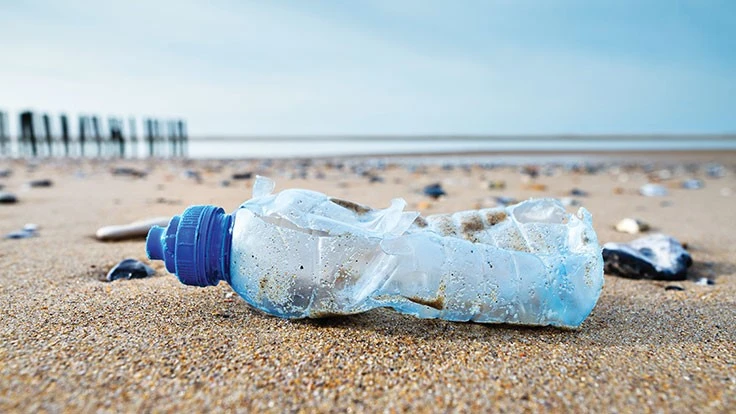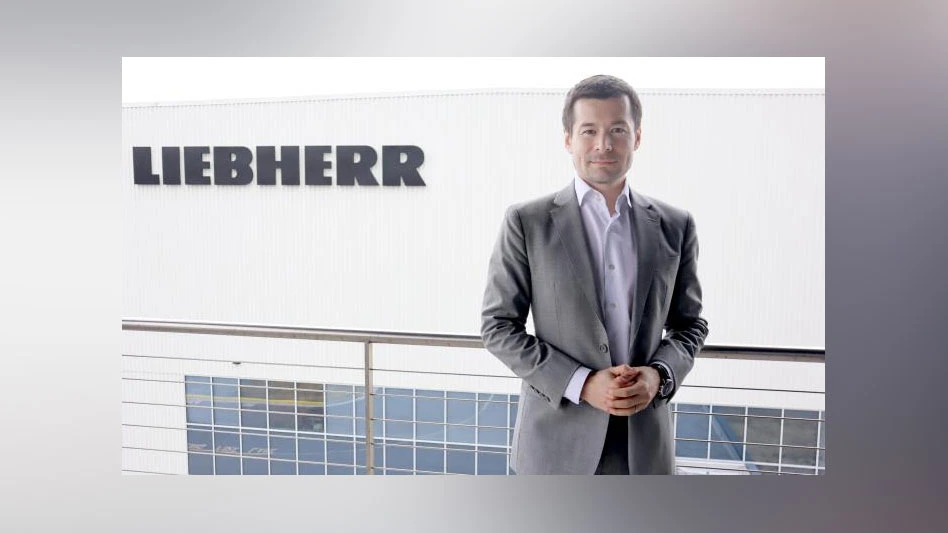
The Ocean Cleanup is officially picking up plastic.
The Netherlands-based nonprofit organization recently announced that after one year of testing, its System 001/B has begun capturing and collecting plastic debris--a mission its founder CEO, Boyan Slat, has sought to achieve since presenting the idea 2012.
“After one year of testing, we have succeeded in developing a self-contained system in the Great Pacific Garbage Patch that is using the natural forces of the ocean to passively catch and concentrate plastic, thereby confirming the most important principle behind the cleanup concept that was first presented by Boyan Slat at a TEDx conference in October 2012,” the organization says on its blog.
Launched from Vancouver, Canada in June, System 001/B is The Ocean Cleanup’s second attempt to prove its concept of collecting garbage from the Great Pacific Garbage Patch, the largest accumulation zone of plastic in the world’s oceans. In addition to collecting plainly visible pieces of plastic debris, as well as much larger ghost nets associated with commercial fishing, System 001/B has also successfully captured microplastics as small as 1 millimeter. It’s a feat that The Ocean Cleanup says it was “pleasantly surprised to achieve.”
“After beginning this journey seven years ago, this first year of testing in the unforgivable environment of the high seas strongly indicates that our vision is attainable and that the beginning of our mission to rid the ocean of plastic garbage, which has accumulated for decades, is within our sights,” Slat says. “Our team has remained steadfast in its determination to solve immense technical challenges to arrive at this point. Though we still have much more work to do, I am eternally grateful for the team’s commitment and dedication to the mission and look forward to continuing to the next phase of development.”
The aim of System 001/B was to trial modifications, which addressed known complications, the largest of which was the inconsistent speed difference between the system and the plastic. The Ocean Cleanup says it achieved consistency by slowing down the system with a parachute sea anchor, allowing for faster-moving plastic debris to float into the system.
Once this main challenge was resolved, prominent plastic overtopping was observed, becoming the next technical challenge to solve. Due to the modularity of System 001/B, a modification to increase the size of the cork line was designed and implemented while the system was offshore. With the new cork line, minimal overtopping is now being observed, allowing the system to capture and concentrate the plastic, The Ocean Cleanup says.
With new knowledge from the successful deployment of System 001/B, The Ocean Cleanup will now begin to design its next ocean cleanup system, System 002: a full-scale cleanup system that is able to both endure and retain the collected plastic for long periods of time.
Once fully operational, The Ocean Cleanup will return plastic to land for recycling. The timing of that phase of the mission is contingent upon further testing and design iteration.
Latest from Waste Today
- Viably makes depackaging system available in California
- Maine voters opt to switch to Ecomaine
- New Voices: Arielle Bernard
- Athens Services to open Irwindale, California, MRF
- McNeilus adds to dealer network
- Healthcare Waste Institute issues statement in support of CDC
- CBI introduces new horizontal grinder model
- Closed Loop Partners receives investment





